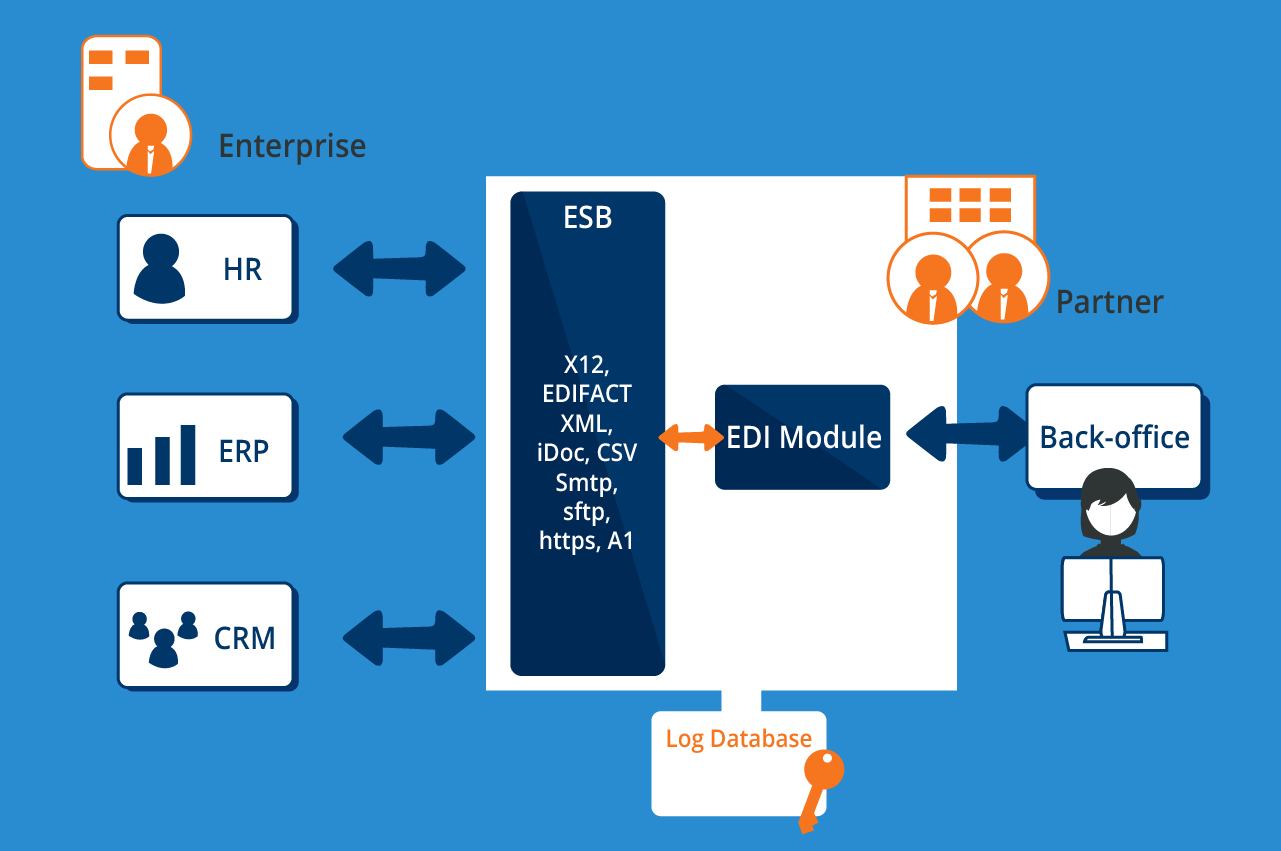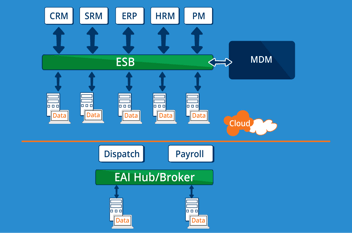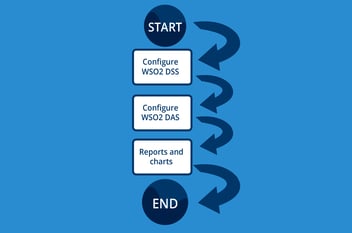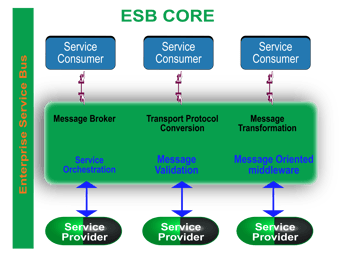What is EDI?
EDI is a computer to computer communication standard for transferring formatted messages between two organizations doing business together. These organizations, called trading partners, must use a common EDI standard language, such as UN/EDIFACT, ANSI ASC X12, etc., to properly exchange information. While EDI requires two parties, the connections can either be direct or through a third party EDI service provider.
EDI Process
An EDI interchange consists of the following major processes:
- Mapping: application internal formatted data mapped to EDI counterparts
- Translation: EDI documents are created or validated
- Send: EDI documents are sent/received
.png?width=1281&height=851&name=image%201%20(1).png)
Figure 1 : EDI outbound process
.png?width=1281&height=851&name=image%202%20(1).png)
Figure 2 : EDI inbound process
You also want all your EDI communications audited, logged, thoroughly detailed, and traceable as the process moves critical data between you and your business partners.
EDI Benefits
Developed in the mid-60s, EDI replaced paper-based business transactions. It was created to provide a number of benefits compared to the old paper-based communication.
These benefits include:
Cost saving
EDI automates information flow, without any human interaction reducing the cost associated with:
- Manual document management (overhead costs)
- Printing and paper
- Data entry error
- Inventories and inventory carrying costs
- Risk of penalties or chargebacks for errors or for not following guidelines correctly.
Accuracy
Data sent by EDI, is not manually “touched”.
Efficiency
EDI data often take seconds to be sent.
Security
Access levels to information sent by EDI are controlled at the EDI applications.
Visibility
EDI can share information between all your trading partners in the supply chain.
EDI Legacy Implementations
Despite being a proven stable technology with simple architectures and obvious benefits with cost savings, only large enterprises used EDI to automate and manage their business-to-business (B2B) transactions. These legacy systems used EDI gateways to bridge the gap between back-end systems.
.png?width=1281&height=851&name=image%203%20(1).png)
Figure 3: EDI landscape
EDI legacy systems also come with a number of challenges:
- Complex legacy integrations between more than one system (ERP, CRM, HR)
- Departments may use more than one system for the same function through acquisitions, consolidated services, projects, etc
- High reliance on the availability, scalability, and performance of the EDI gateway
- Different partners may support different EDI standards
- Different EDI standards may be incompatible with other EDI formats
- Compatibility with various communication protocols
- EDI transactions must be easily traceable and reportable.
- Legacy EDI implementations require customizations, making them difficult to manage
There are also high maintenance and service costs if you host your own EDI solution.
You also need your legacy EDI landscape to remain as generic as possible, covering all industry standard technologies and formats, so that you can scale it to include new trading partners as necessary. Thus, legacy systems are expensive to maintain even if you outsource them.
EDI ESB Implementations
Lately, organizations are switching from point-to-point legacy systems to enterprise integration platforms that use enterprise service bus (ESB) technologies.
These platforms exchange information through built-in industry standards providing:
- Scalability, high availability and ease of sizing
- Use of industry standards as interface technologies (no custom development-universal connectivity)
- Code abstraction, lowering development cost (no level code development)
- Transactional processing, since the information should be consistent within multiple applications
- Monitoring and managing components, making all transaction executions accessible and clear.
Implementing EDI through ESB also allows you to add new EDI functionalities to your network through additional software modules.
Thus, you get:
- A single unified platform for application integration and EDI/B2B
- Scalable, high availability EDI infrastructure
- Ease adoption of new partners as the ESB acts actually as an EDI template
Code abstraction with high level of reusable, standard components.
.png?width=1281&height=851&name=image%204%20(1).png)
Figure 4 : EDI ESB integration
While EDI legacy systems are better than the old paper-based communication system, they are difficult to implement, and require a lot of resources to maintain. By using an ESB system, your organization will have better and more manageable EDI projects that will not only save you money but also automate the B2B process and improve the quality of your B2B transactions.
Why should you use an ESB?
The business world is undergoing a revolution. With the proliferation of technology across our lives and work, industries around the world are realising that the tried and trusted methods that have kept them moving forward might no longer suffice. Consumers today are connected, informed, and unprecedentedly technologically savvy, and as a result, the companies they deal with are expected to be the same.
Digital transformation — the process by which organizations modernize themselves to incorporate new digital technologies throughout their entire business — is becoming necessary to survive.
Modern clients want instant service and support from the brands they deal with. They want brands that make themselves available to the client in a way that suits the client, not in a way that suits the organization. And they want this experience to be offered seamlessly across every channel. In order for an organization to meet these needs and wants of the consumer, it is absolutely necessary for companies to be innovative and to stay abreast of digital updates and changes. With this in mind, decision makers in businesses are emphasizing the need for digital transformation within their organizations.
With the rise of tools such as CRM, ERP, SRP and others, it has become necessary to integrate these tools in order to have a complete view of your customers data and to provide them with the level of service they expect. Using an ESB will ensure all of your tools talk to each other and give you the power to understand your customers and drive your business forwards.
Contact us today to find out for yourself why our customers praise the effectiveness of our product at improving their IT networks and systems.





Leave a Comment